Tips for Capture Landscapes with a Telephoto Lens
A wide angle lens is commonly associated with landscape photography, and for good reason. With a wide angle lens you can capture vast, epic landscapes that are capable of showcasing the grandness of the scene.
While a wide angle lens is a must-have for the landscape photographer, telephoto lenses can also be extremely effective in different ways. Unfortunately, the usefulness of a telephoto lens for landscape photography is often overshadowed.
Why and When to Use a Telephoto Lens
If you photograph landscapes, there are several ways that telephoto lenses can help your work. In this article, we’ll look at some of the situations where you would want to use a telephoto lens, as well as tips for using them to capture the best landscape and nature photos.
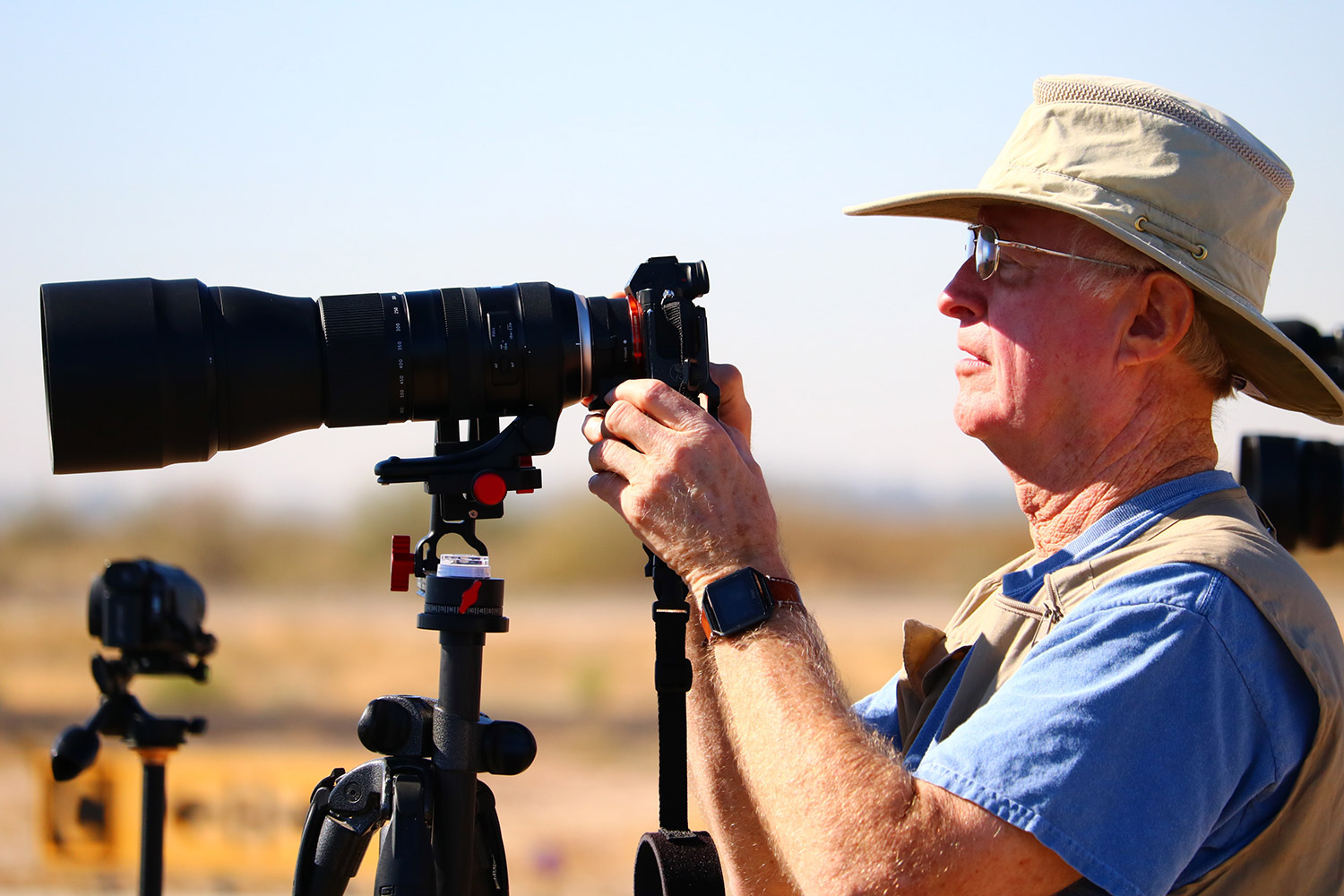
1. Compress the Elements in a Photo
A wide angle lens will make the background elements appear very distant. This allows you to capture more of the scene, but it makes the background feel very distant to the viewer.
On the other hand, a telephoto lens will compress the distance between the foreground and the background. The elements in the background of the photo seem to be bumping up right behind the elements in the foreground. This can give the scene a more intimate feel.
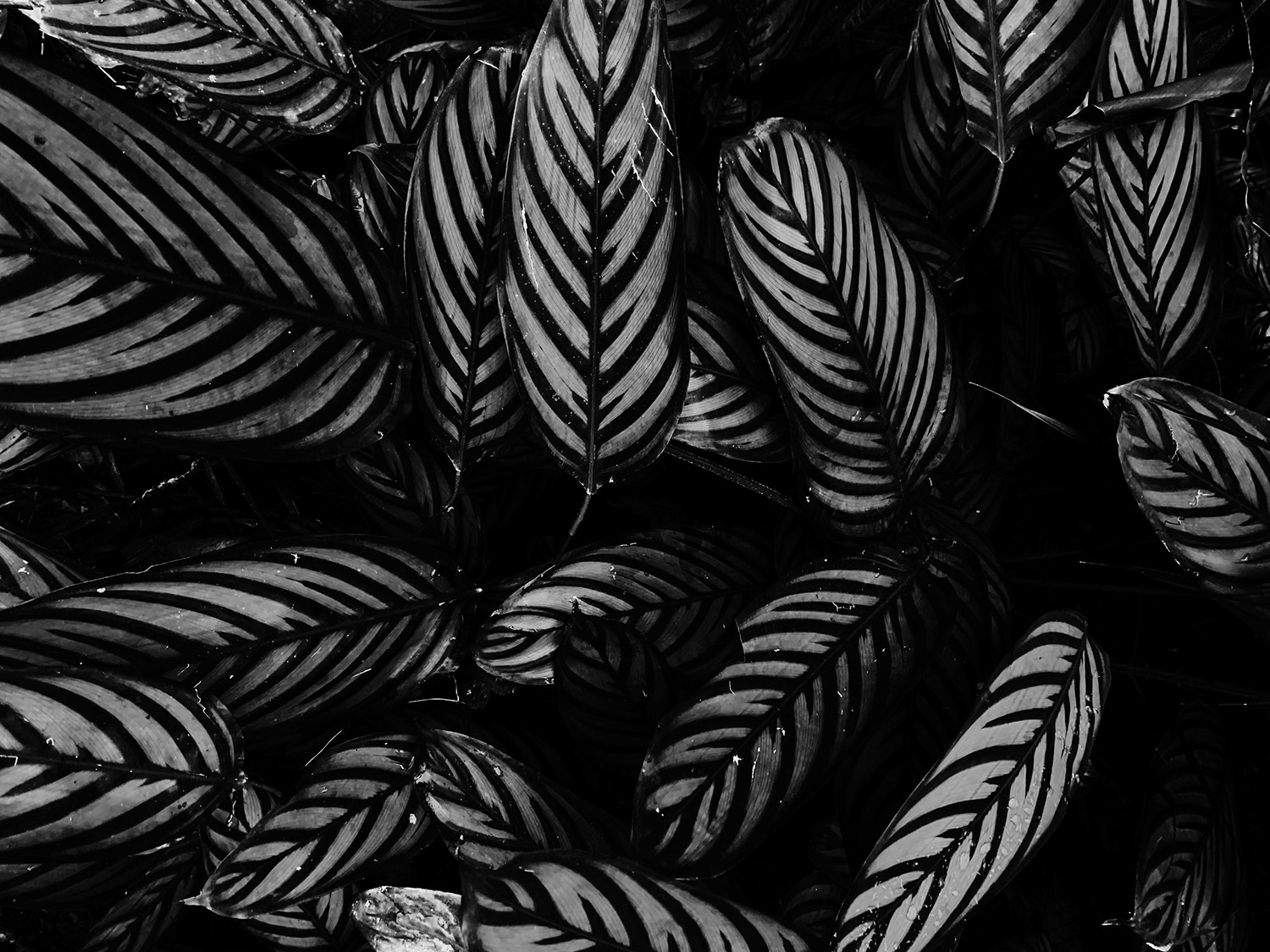
2. Capture Details
Telephoto lenses are extremely useful for capturing fine details. Landscape photography isn’t only about the vast, open landscapes. You can find and photograph small details of a scene, and the telephoto lens makes that possible.
3. Situations When You Can’t Get Close
Of course, there are plenty of situations where you won’t have the option to get any closer to the scene that you want to photograph. Physical barriers, bodies of water, or dangerous terrain may prevent you from getting as close as you’d like. In these situations, a telephoto lens is essential to get the shot that you want.
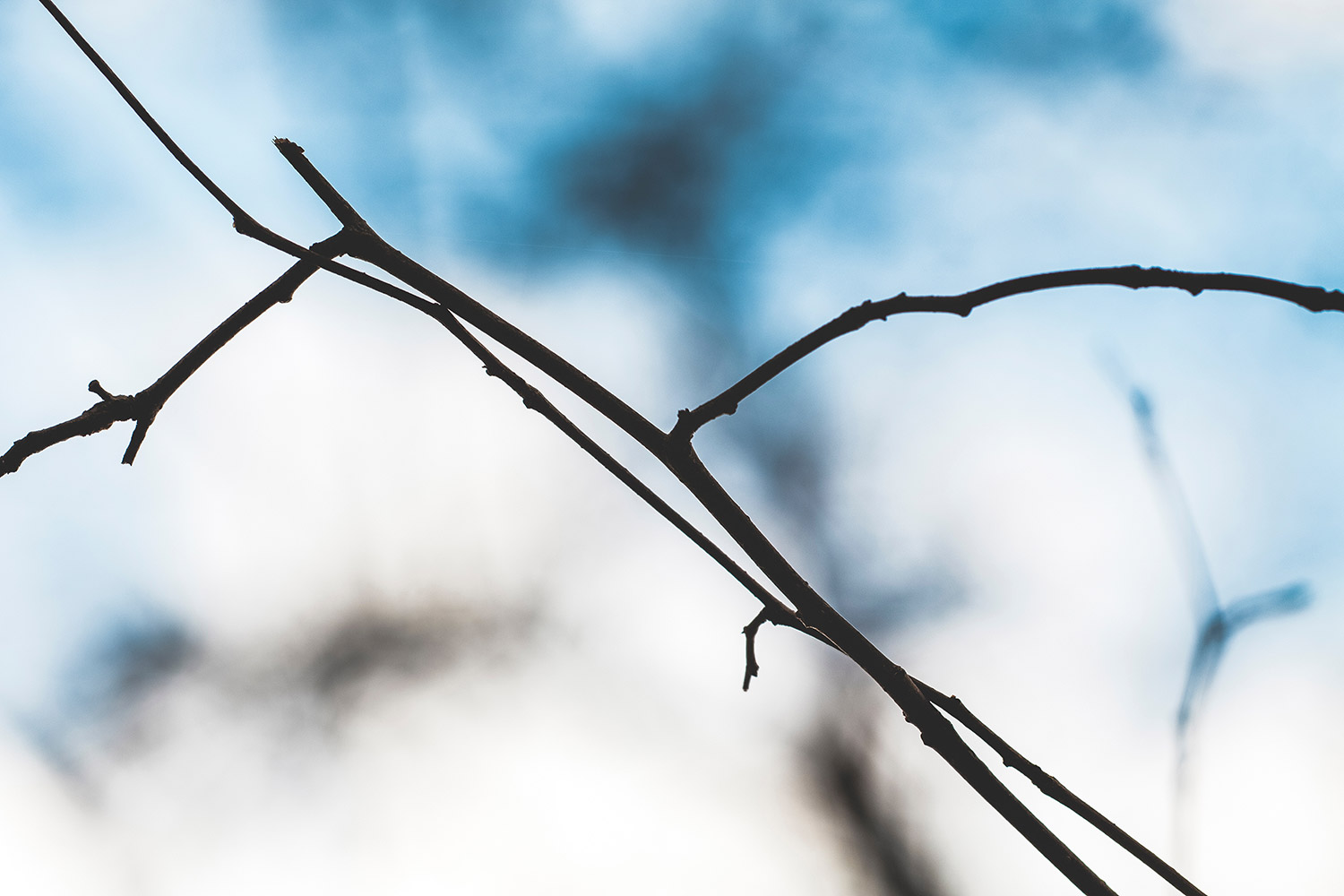
4. Variety
Since most landscape photos are taken with wide angle lenses, using a telephoto lens is a great way to add some variety and create photos that are unique. It’s easy to get in the habit of putting a wide angle lens on your camera when you’re heading out to photograph the landscape, but remember to mix it up and find situations where a telephoto lens will be appropriate.
Tips for Using a Telephoto Lens
Now that we’ve covered some of the reasons why you should use a telephoto lens, let’s take a look at some tips that can make the experience more rewarding and help you to capture better photos.
1. Adjust Your Thinking
If you typically photograph landscapes with a wide angle lens, you’ll need to make some changes to your thinking and how you visualize nature when you are looking for something to photograph or to decide on a composition.
You’ll need to start to look at the scene in a way that will be captured by a telephoto lens. The good news is, this will come naturally once you start to get some practice with it. The biggest thing is to key in on details and smaller parts of the scene rather than only focusing on the landscape as a whole.
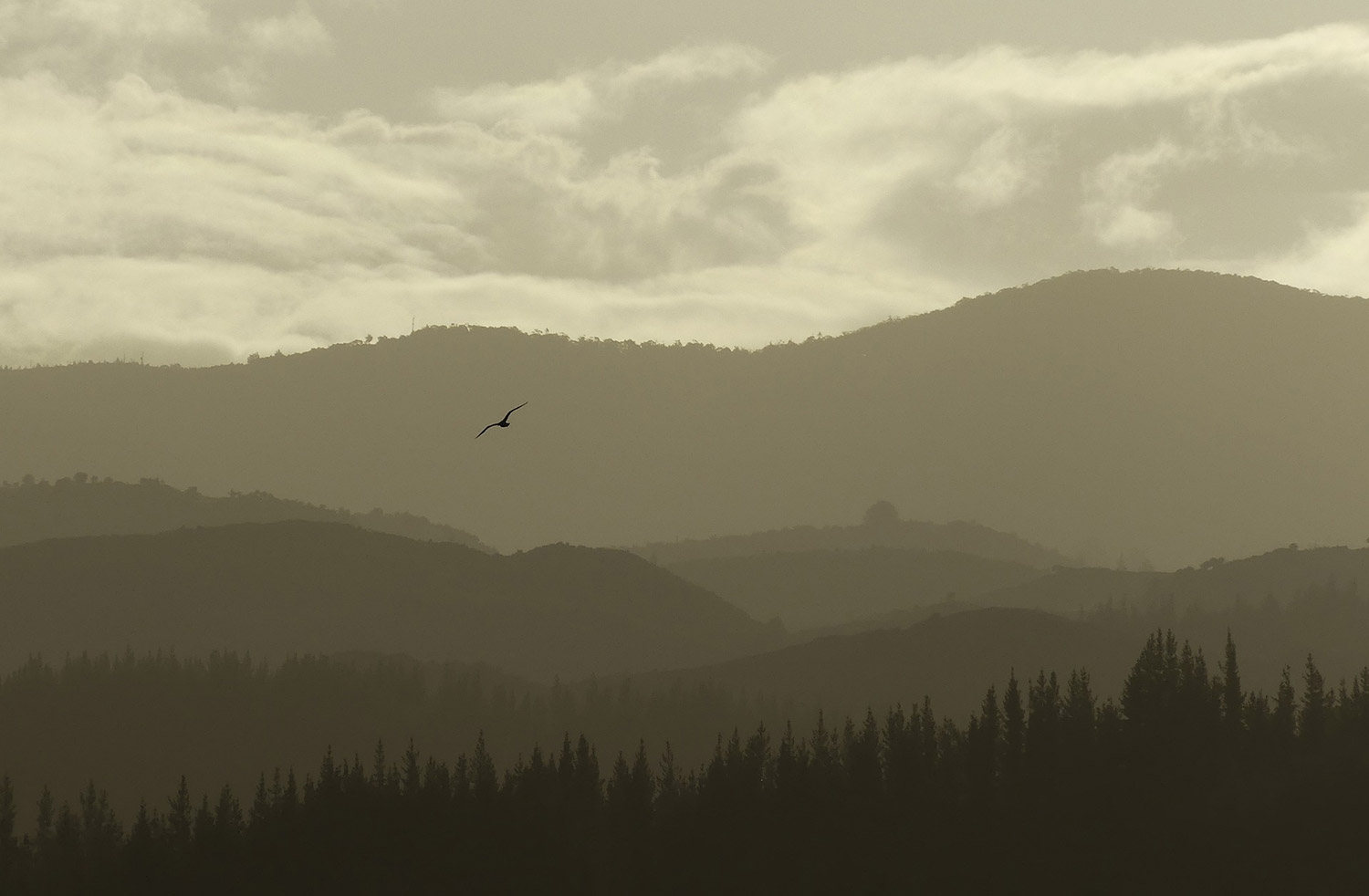
2. Use a Tripod
Any movement will be exaggerated when you are using a telephoto lens, so in order to get sharp photos, it is highly recommended that you use a tripod. Using a tripod is a good habit for landscape photography anyway, but it’s especially important when you’re using a telephoto lens.
3. Use a Remote Shutter Release or the Timer
Another way to reduce movement or camera shake is to avoid pressing down on the shutter button, which can cause a small amount of movement that reduces sharpness. The two ways to do this are to use a remote shutter release (or cable release) or to use the camera’s built-in timer.
Cable releases are inexpensive to purchase, but you can easily get away without having one if you simply set the camera to a two-second timer. That way you’ll press the shutter button and then the photo will be taken two seconds later, eliminating any shake from pressing the button.
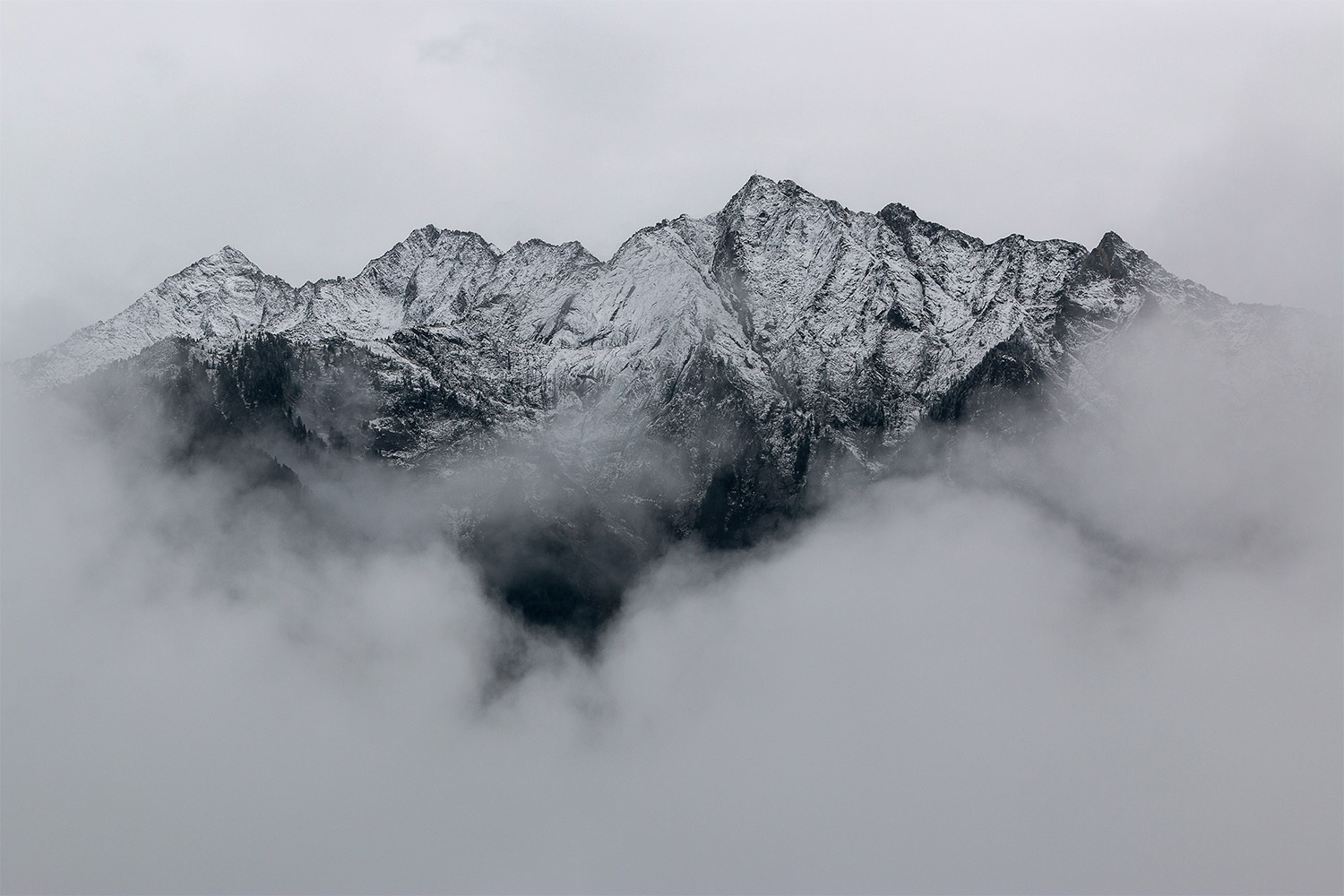
4. Isolate Elements and Avoid Distractions
Telephoto lenses can be very effective for allowing you to isolate elements in the scene. Essentially, it accomplishes the same thing as cropping a photo in Photoshop or Lightroom. You can remove unnecessary distractions from the edges of the photo that would take away from the composition, and simply compose your shot around specific elements.
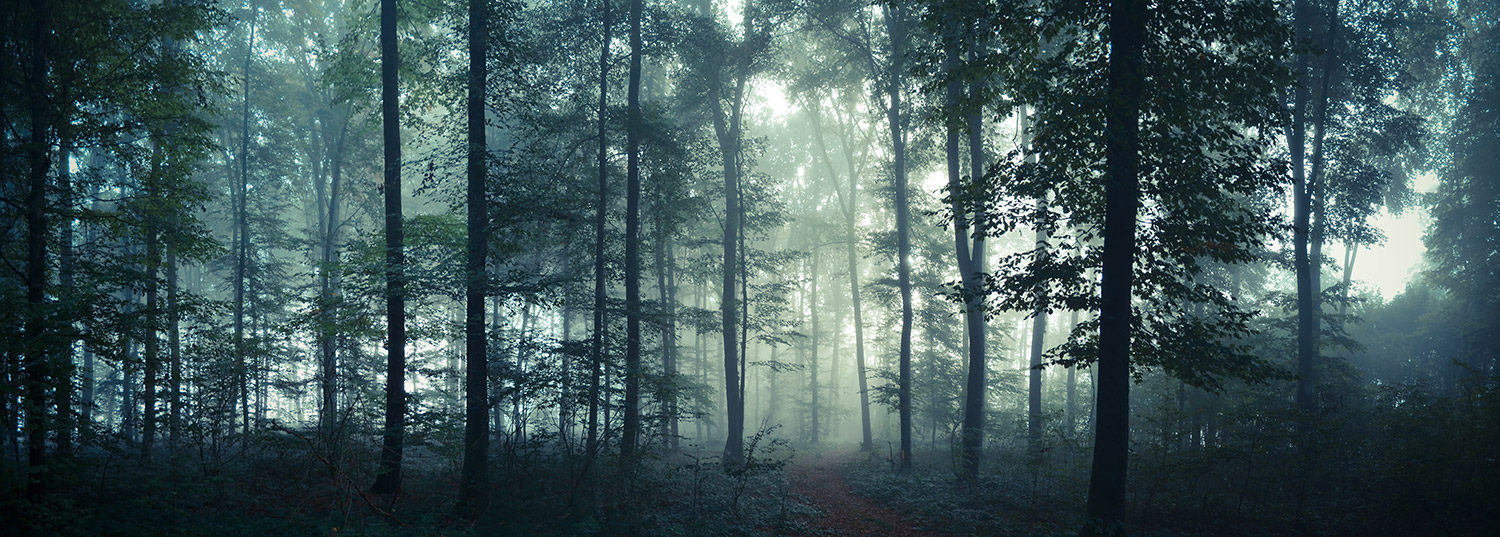
5. Create Panoramas
Panoramas are perfect for landscape photography. There are so many situations where you won’t be able to fit everything into one frame, and a panorama allows you to make it possible to stitch or combine multiple photos.
Wide angle lenses can add a good bit of distortion to your photos, even if it is not immediately noticeable. When you’re stitching multiple photos together, even if you are using software like Lightroom’s panorama merge, that distortion will reduce the part of the photos that are usable. Telephoto lenses create less distortion, so they are a good choice when you are photographing with the intent of stitching the photos into a panorama.
6. Don’t Get Lazy
Although a telephoto lens will give you greater reach and allow you to photograph things that are farther away, don’t use that as an excuse to stay in one spot. You should still use your feet to walk and find the best vantage points and perspectives. The telephoto lens doesn’t replace that need.
Use the telephoto lens when you can’t get close to an element that you want to photograph, or when you want elements in the background to appear closer to the foreground.
Final Word
While wide angle lenses will always be a staple of landscape photography, there are plenty of reasons why it’s a good idea to incorporate a telephoto lens into your workflow. Hopefully these tips help you to find some practical situations to try it, and also help you to capture some photos that you’ll love.
